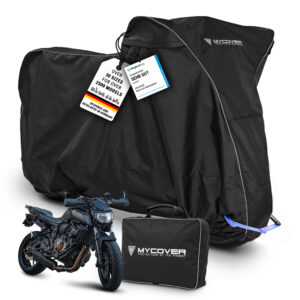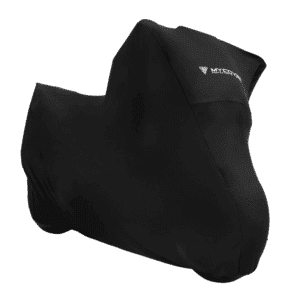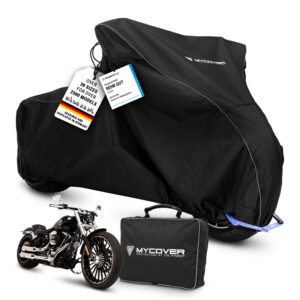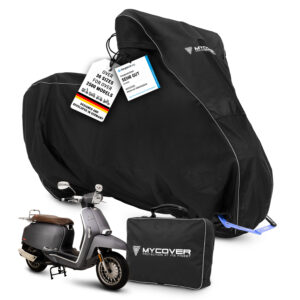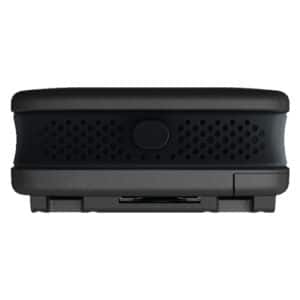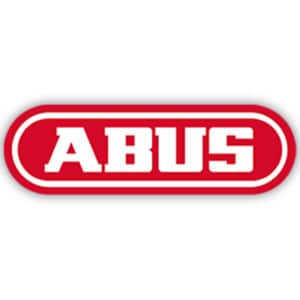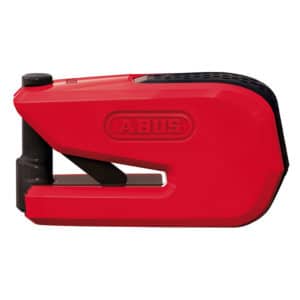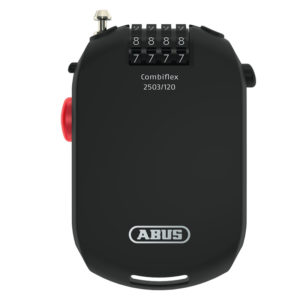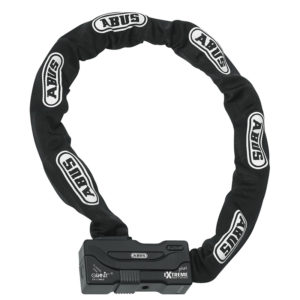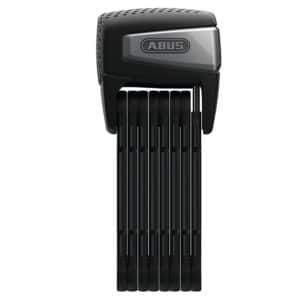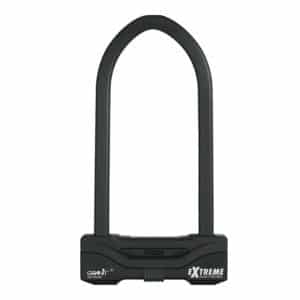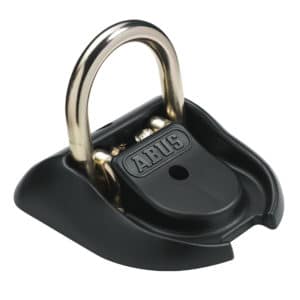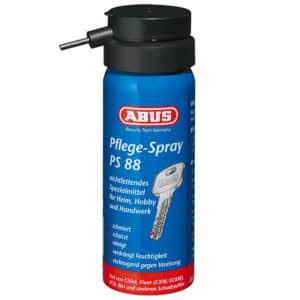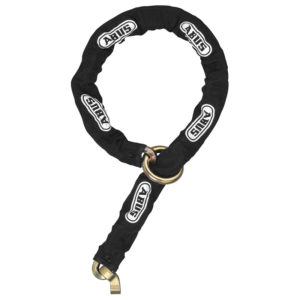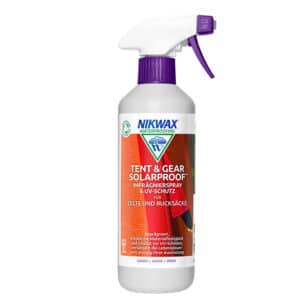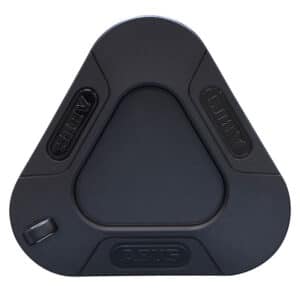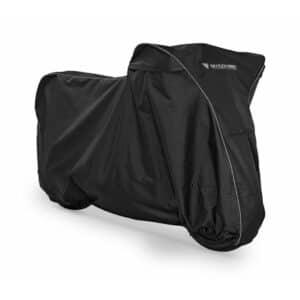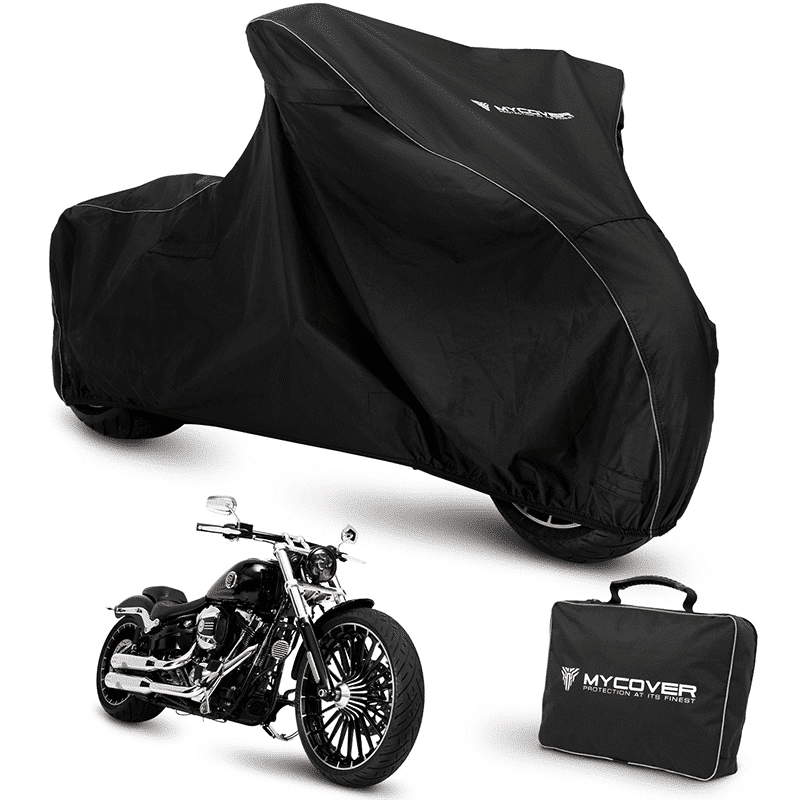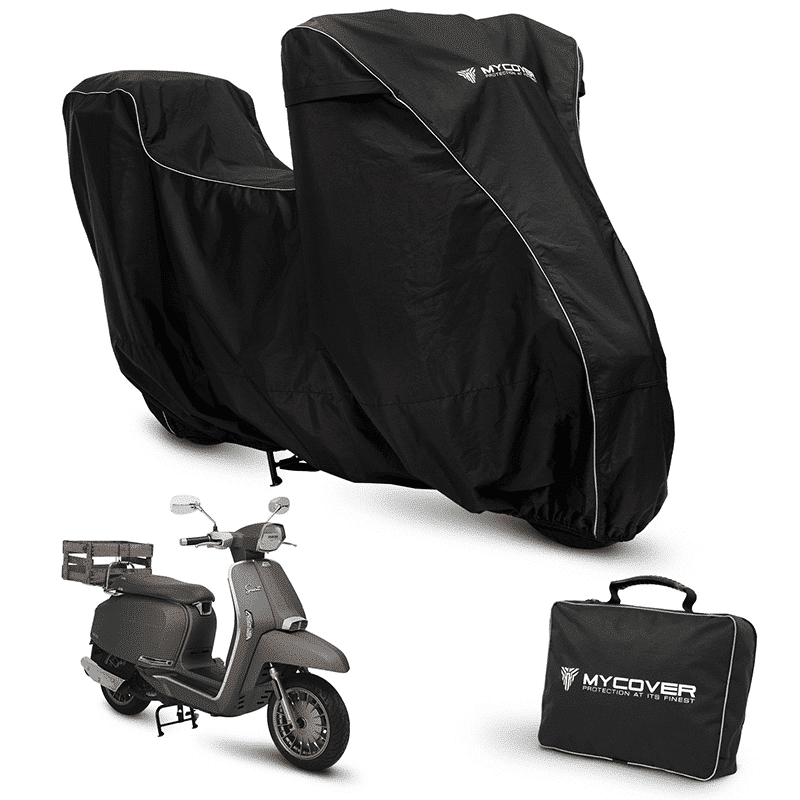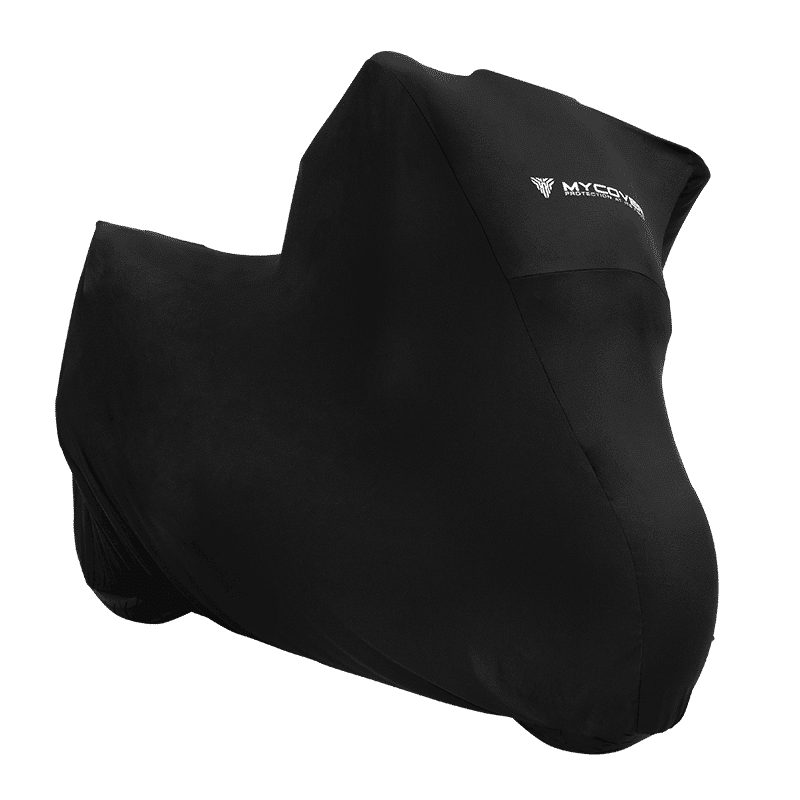Cleaning your helmet visor properly – how to clean the visor, padding and Pinlock thoroughly

A clean motorcycle helmet ensures a clear view, fresh wearing comfort and a longer service life. Particularly important: clean the helmet visor, because only a clear view ensures safety. If you look after the visor, inner lining and Pinlock insert properly, your helmet will last longer. In this article, you will find out how to clean the visor without streaks, how to care for the inner lining and what really matters with carbon helmets or Pinlock systems, including tips on home remedies, washing machines and special cleaners.
The MYCOVER® team clarifies!
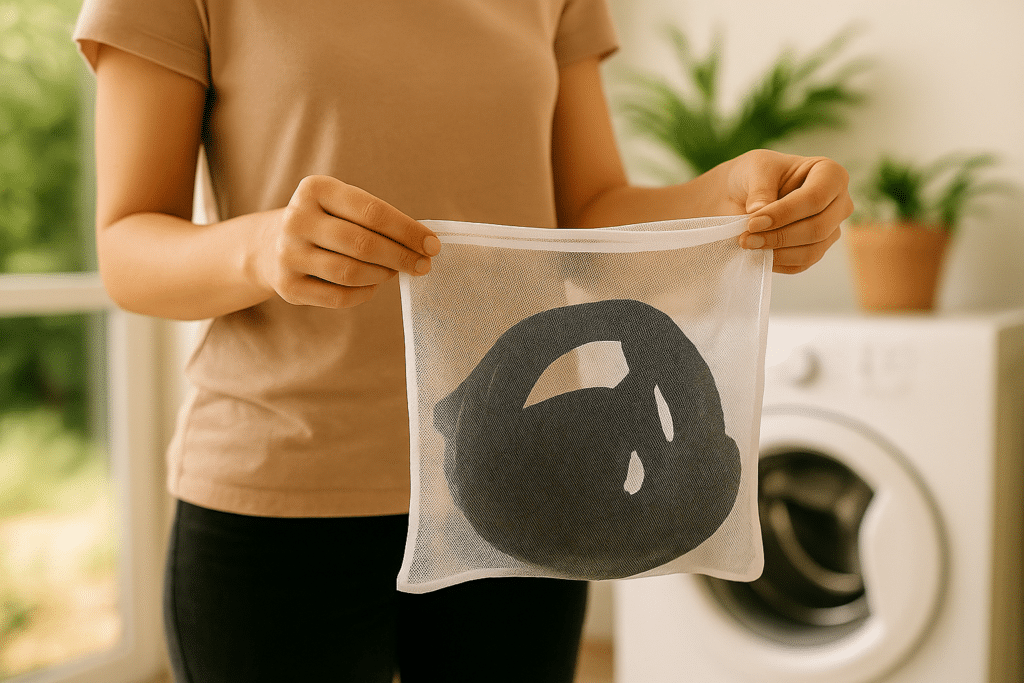
Visor, Pinlock & inner lining – how to clean your motorcycle helmet properly
The helmet visor is the most sensitive. The best way to clean it is with warm water, a soft cloth and, if necessary, some visor cleaner. Home remedies such as glass cleaner or a glasses cleaning cloth are permitted, but only if the visor is not coated. Clear water or a damp microfiber cloth is suitable for on the road. Don’t forget to clean the inside of the visor too, especially if it has an anti-fog coating.
You should be particularly careful with the Pinlock visor. Before cleaning, remove the Pinlock or dismantle it, depending on the model (e.g. Schuberth, Shoei, Nolan). Do not use a strong cleaning agent, lukewarm water is sufficient. If necessary, you can also wipe the Pinlock inner pane with a lint-free cloth. If it is badly scratched or yellowed, you should replace the Pinlock visor.
The inner lining of your motorcycle helmet absorbs sweat and odors over time. Many modern helmets have a removable pad that you can wash by hand or in the washing machine at a low temperature. Make sure you use a laundry net, no fabric softener and a gentle spin cycle. Alternatively, you can clean the helmet pad using household products, such as a damp cloth and a little curd soap. It is important to let the pad dry well in the air, but never on the heater or in the sun.
For sensitive materials such as carbon motorcycle helmets, you should only use mild cleaners. These helmets are lightweight but sensitive to aggressive agents and UV light. Wipe them down with clear water and a soft cloth to avoid damaging the finish.

Care tips for helmets & visors – what you should keep in mind
Thorough care starts with proper cleaning and ends with a little extra treatment to clear your visor and freshen up your helmet. Here you will find practical tips that you can put into practice immediately:
Clean & care for helmet visor
Never clean your visor dry, otherwise fine scratches will quickly appear. Instead, soak it briefly in warm water to remove insect residue. Afterwards, a soft microfiber cloth or a special visor cleaner is enough to get everything clean without leaving any residue. You should avoid using alcohol, aggressive cleaners or glasses cleaning cloths with solvents, especially with coated visors.
After cleaning, you can treat your visor with an anti-fog spray or sealant. This ensures better visibility in the rain and protects against new dirt. For smooth, clear surfaces, it is often sufficient to gently polish with an antistatic cloth, but please never do this with matt visors.
What you should bear in mind for special cases
- Pinlock-Visor: To clean your helmet visor, always remove it carefully and clean it with clear water, without friction or cleaning agents. Chemical additives can damage the sensitive inner lens or even render it unusable.
- Carbon motorcycle helmets: These should only be cleaned with a soft cloth and water, no polish, no cleaner. The surface is particularly susceptible to aggressive agents and can quickly become matt or stained.
- Matt helmets: Wipe the surface gently with a cloth only, without polishing or sealing. With matt helmets, any incorrect treatment can lead to shiny spots or permanent stains.
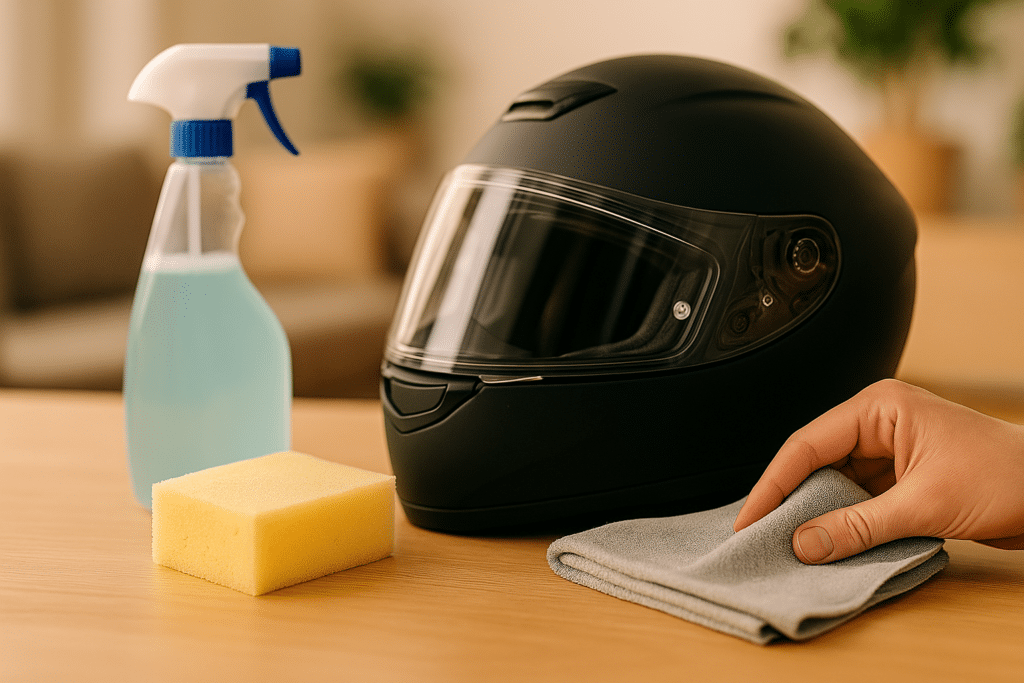
Conclusion: A clear view and a fresh helmet – with little effort
A clean motorcycle helmet is not a luxury, but a must. Whether you want to clean your helmet visor, clean the Pinlock or wash the helmet lining, with the right products your helmet will remain hygienic, clear and functional for a long time. Use home remedies if they are suitable and use special cleaners for sensitive materials. And remember: the inside needs care too, for comfort, longevity and a good feeling on every ride.

FAQ – Frequently asked questions about cleaning motorcycle helmets and visors
What is the best way to wash a visor?
The simplest and most gentle trick for cleaning your visor is the soaking method with paper towels and lukewarm water. Moisten one or two layers of kitchen paper generously with lukewarm water, place them on the visor and leave it to soak for 5-10 minutes. Insect residue, dust and dirt will come off almost automatically without you having to rub. You can then carefully remove the paper in a wiping motion and dry the visor with a soft microfiber cloth.
How do I clean a motorcycle helmet?
To clean your motorcycle helmet properly, you should treat both the outer shell and the inner lining with care. The best way to clean the outside is with lukewarm water and a soft cloth; for insect residue, it helps to leave damp kitchen paper to work for a few minutes. Aggressive cleaning agents should be avoided at all costs, as they can attack materials. If the inner lining is removable, you can wash it by hand or on a gentle cycle at 30 °C with mild detergent and leave it to air dry. If it is permanently attached, a mild foam cleaner is suitable. The visor should also be cleaned separately and carefully using the soaking method to avoid scratches.
How can I clean my helmet visor without damaging it?
If you want to clean your motorcycle visor, you should use soft microfiber cloths and lukewarm water. For heavier soiling, it helps to leave the visor to soak briefly. It is important to avoid aggressive cleaning agents or abrasive sponges, as these can damage the surface. Alternatively, special cleaning agents for visors are suitable.
Can I clean my motorcycle visor with glass cleaner?
Only if the visor is not coated. If unsure, it is better to use lukewarm water or special visor cleaners. Glasses cleaning cloths can be an emergency solution on the road, but microfiber cloths are better.
How can I seal my motorcycle visor?
If you want to seal your motorcycle visor, you should use a special plastic sealant that is suitable for helmet visors. This type of sealant ensures that water runs off and dirt adheres less. This improves visibility in the rain and makes subsequent cleaning easier.
How do you get scratches out of the visor?
Slight scratches in the visor can usually be reduced with special polishing agents for plastic or polishing pastes for acrylic glass. It is important to use a scratch-free microfiber cloth and to work with gentle pressure in circular movements. Deeper scratches, on the other hand, can hardly or not at all be completely removed; the only thing that usually helps here is to replace the visor, especially with coated or Pinlock-compatible models.
Tip: To avoid new scratches, always clean with soft cloths and plenty of water, never wipe dry.
What should I use to clean my helmet visor?
The best way to clean your helmet visor is with lukewarm water and soft, lint-free cloths, such as microfiber cloths or kitchen paper. For stubborn dirt such as insect residue, the trick of placing damp kitchen paper on the visor and leaving it to soak for a few minutes has proven effective. The dirt can then be removed without rubbing. You should definitely avoid aggressive cleaning agents, glass cleaners or solvents, as they can damage the surface or anti-fog coating. If you want additional care, special water-based helmet and visor cleaners that have been specially developed for sensitive plastic visors are suitable.
How do you clean the outside of a motorcycle helmet?
The best way to clean the outside of a motorcycle helmet is with lukewarm water and a soft microfiber cloth. For stubborn dirt or insect residue, it helps to place damp kitchen paper on the dirty area for a few minutes and leave to soak, so that everything can be gently wiped off without rubbing. You should avoid aggressive cleaning agents, alcohol or solvents, as they can damage the paintwork or plastic. Special water-based helmet cleaners are a good addition if you want to clean particularly gently and thoroughly.
What can I do if my motorcycle helmet stinks?
If your motorcycle helmet smells unpleasant, this is usually due to sweat residue and bacteria in the inner lining. The most effective way to deal with this is to wash the removable inner lining, either by hand or on a gentle cycle at 30 °C with mild detergent and then allow it to air dry thoroughly. If the lining is not removable, a foam cleaner for helmet inner padding can help, which you massage in carefully and wipe off with a soft cloth. Special helmet deodorants or antibacterial sprays are also effective against odors.
As a preventative measure: allow the helmet to air out well after every ride and never store it damp or sweaty.
How do I dry my motorcycle helmet?
After cleaning, you should leave your motorcycle helmet to air dry at room temperature, preferably in a well-ventilated area, but not in direct sunlight. Heat sources such as radiators, hairdryers or dryers are taboo, as they can damage materials such as the inner lining or the helmet shell. If the inner lining is damp, you can speed up the drying process by placing the helmet upside down or stuffing it with kitchen paper to soak up the moisture.
Important: Only use again when the helmet is completely dry.
What can you do about a sticky helmet?
A sticky motorcycle helmet is often caused by outdated or decomposed rubber coatings and layers of paint, especially on older models or helmets that have not been used for a long time. To clean the sticky surface, you should first try to remove the film with lukewarm water and a mild detergent. If this does not help, you can try carefully with isopropyl alcohol (70-90%) and a soft cloth – but only test on uncritical areas, as this can attack some materials. If the helmet is badly affected, the only remedy is often to remove the rubber coating completely or, in the worst case, to buy a new one.
As a general rule , store helmets in a cool, dry place to prevent material degradation.
Which visor cleaner is best?
Look out for products without alcohol or solvents. Special visor cleaners such as those from S100 or Muc-Off are gentle and leave no streaks. There are also tests that compare different visor cleaners, depending on the area of use.
Can I clean my helmet pad in the washing machine?
Yes, but only if it is removable. Use a laundry net, mild detergent and a program at 30 °C, without fabric softener. Brands such as Shoei, HJC or Nolan provide specific instructions for cleaning helmet pads.
Where can I have my motorcycle helmet cleaned?
Some specialist dealers such as Louis offer motorcycle helmet cleaning. Alternatively, there are specialist companies. This can be worthwhile for heavily soiled or sensitive helmets (e.g. matt carbon helmets).
How to clean Pinlock helmet visor?
Carefully remove the Pinlock, clean it with clear water and a microfiber cloth. Do not use any cleaning agents or glass cleaners, as the material is sensitive to scratches. Also applies to models such as Shoei or Schuberth C3.
